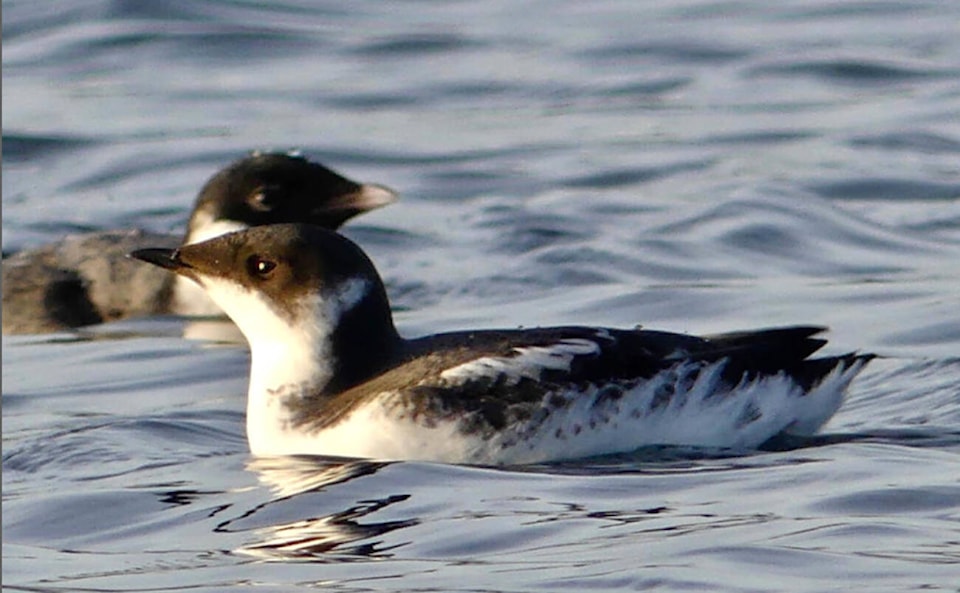This year marks the 100th anniversary of the Victoria Harbour Migratory Bird Sanctuary (VHMBS).
On Oct. 27, people are encouraged to fly out to celebrate at one of the island’s three bird sanctuaries and its significant history.
Jacques Sirois, chair of the sanctuary, said putting nature to work to amalgamate it with the city is the magic ingredient to improving it.
“It’s been 13 years that we have been engaged in this conversation about revitalizing the historic bird sanctuary in Victoria,” said Sirois. “It was established on Oct.23, 1923, at a time where there were huge concerns about a massive decline in bird populations, ducks and geese in particular.”
Overhunting led to a decrease in bird populations, such as the passenger pigeon, which was one of the most abundant birds in North America in the early 20th century.
“They were hunted by market hunters. So they were hunted commercially and sold to markets, restaurants and hotels. It was a pretty popular dish, and the passenger pigeon became extinct officially in 1914,” said Sirois.
Shortly after the Migratory Bird Convention Act was established in 1917 between Canada and the U.S., many birds became protected species.
This act triggered one of the first migratory bird sanctuaries to open in eastern Canada. In 1923, western Canada followed suit with the Victoria Harbour Bird Sanctuary.
Five municipalities in Greater Victoria surround the sanctuary: Victoria, Oak Bay, Saanich, North Saanich and View Royal. The sanctuary is the oldest and largest in B.C., along with Esquimalt Lagoon and Shoal Harbour Bird Sanctuary, created in 1931.
According to Sirois, the bird sanctuary didn’t immediately halt the hunting. Hunters were still hunting birds in Oak Bay until the late 1970s into the early 1990s.
Brants, essentially small geese, were typically used as Christmas geese and were commercially hunted by the tens of thousands. Today, there is still a subspecies of the brant in B.C. called the Pacific black brant, in small numbers because the population never fully bounced back from overhunting. Other birds, such as Canada geese, have almost bounced back too well, overpopulating some areas.
“So why, a bunch of years later, are a bunch of lunatics like me still talking about this in 2023? The historic bird sanctuary has become home to nature in the city. Today, nature is a magic ingredient that makes cities better; it makes people healthier and happier in the city,” said Siroris.
Siroris points to projects such as the restoration of the Gorge waterway as examples of improving nature for both the benefit of both humans and animals. What was a very polluted area 30 years ago, has now been largely cleaned up.
“We’ve got birds, we’ve got whales in the city, we’ve got seals and sea lions and now we’ve got molting elephant seals molting regularly at different locations … something that was unthinkable 100 years ago,” said Sirois.
He added that the natural environment of Greater Victoria is often referred to as one of the best natural environments in urban Canada and that the bird sanctuary falls within the middle of the story.
The celebration will highlight all the restoration projects and cleanups that have been happening and share their vision of how to maintain the momentum of restoring many important ecosystems.
“We’ve got three days of activities. Thursday night (26th) will be a night for dignitaries, local politicians and park staff. The activities will be for the public on the 27th and 28th of October,” said Sirois.
To register for the event, go to vicharbourbirds.ca/. Celebrations and workshops will happen in Esquimalt, Oak Bay, Saanich and Victoria.
